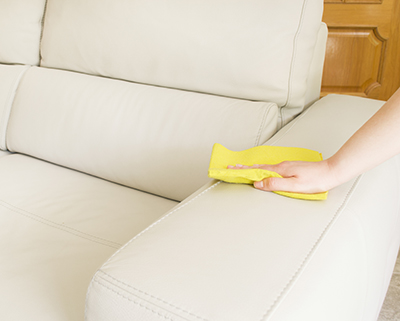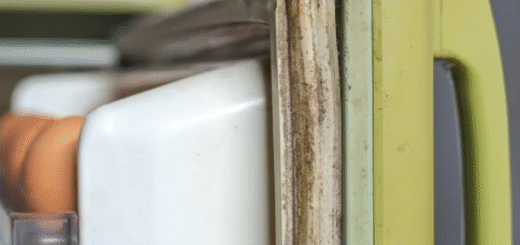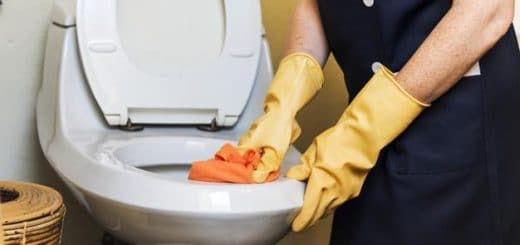How to Soft Wash Your Old Home?
Proper home maintenanceMaintenance is the routine care, inspection, and repair of a... More includes keeping the exterior clean. Soft washing is one method that homeowners can use to clean delicate surfaces, such as windows and rooftops. Keep an old home looking new by annually soft washing it with the following helpful tips.
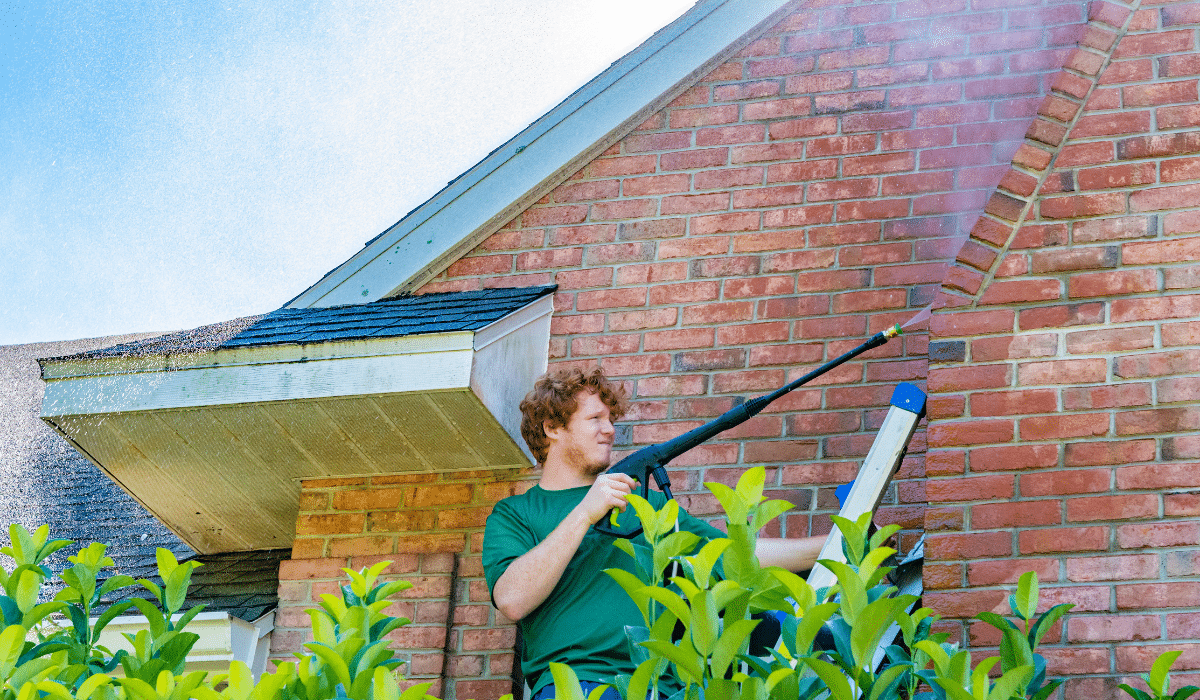
What is soft washing?
Algae, bacteria, and organic material can collect on a home’s roof, siding, and windows. Building materials used for these parts of the home are unable to withstand the pressure and heat discharged by power washingPower washing is a cleaning method that uses high-pressure w... More. A safer alternative is to clean the exterior of the home by soft washing it.
Soft washing is a cleaning method that releases a lower pressure of water. The technique involves cleaning with a special cleaning solutionA solution is a homogeneous mixture of two or more substance... More, such as one containing water, algaecides, surfactants, and bleach. Chemicals in the cleaner eliminate algae, mildewMildew is a type of fungus that grows on damp surfaces, typi... More, fungus, bacteria, and moss from surfaces.
The soft washing method was originally developed to clean algae off rooftops safely. Today, soft washing should be used on surfaces that are difficult to clean with high pressure or that are fragile, such as windows, roof shingles, screens, and exterior siding.
What are the differences between pressure and soft washing?
While homeowners may be familiar with pressure washing, which releases a much higher pressure of water and utilizes significantly hotter water, this technique is not recommended for windows, roof shingles, screens, and wood paneling that can become easily damaged through the process.
Instead, soft washing is a gentler cleaning technique, one that offers numerous benefits. In addition to reducing the likelihood of damage, regular soft washing lengthens the lifespan of the roof. LichenLichen is a symbiotic organism made up of a fungus and an al... More, fungiFungi are a group of organisms, including mold, mildew, and ... More, and algae growing on the roof can shorten its lifespan. Soft washing cleans the buildup at the root.
The hot water and high PSI from a pressure washer can damage not only building materials, but the landscape surrounding it. Soft washing, on the other hand, reduces the risk of damage to landscaping and thereby protects the homeowner’s investment of time and money in the lawn.
Soft washing cleaners are eco-friendly, since they consist of biodegradable solutions. The cleaners used in pressure washing, however, are made up of harsh chemicals that can destroy plant life around the property; plus, pressure washing requires scraping surfaces, which causes more damage.
How does a homeowner soft wash the home?
Prior to soft washing the home, cover all surrounding plant life with plastic. Grass, bushes, and shrubs must be rinsed with water before, during, and after the cleaning. Obtain the right equipment: a soft wash system with a nozzle that can deliver the desired pressure.
Obtain the right chemical solutionA solution is a homogeneous mixture of two or more substance... More to apply along all surfaces to be cleaned. The cleaning product should contain bleach, which kills mildewMildew is a type of fungus that grows on damp surfaces, typi... More and moldMold is a type of fungus that grows in damp or humid conditi... More sporesSpores are microscopic reproductive units of fungi or mold t... More at the root, along with algae, moss, and fungiFungi are a group of organisms, including mold, mildew, and ... More growing on the roof. The chemical is effective in preventing the return of growth.
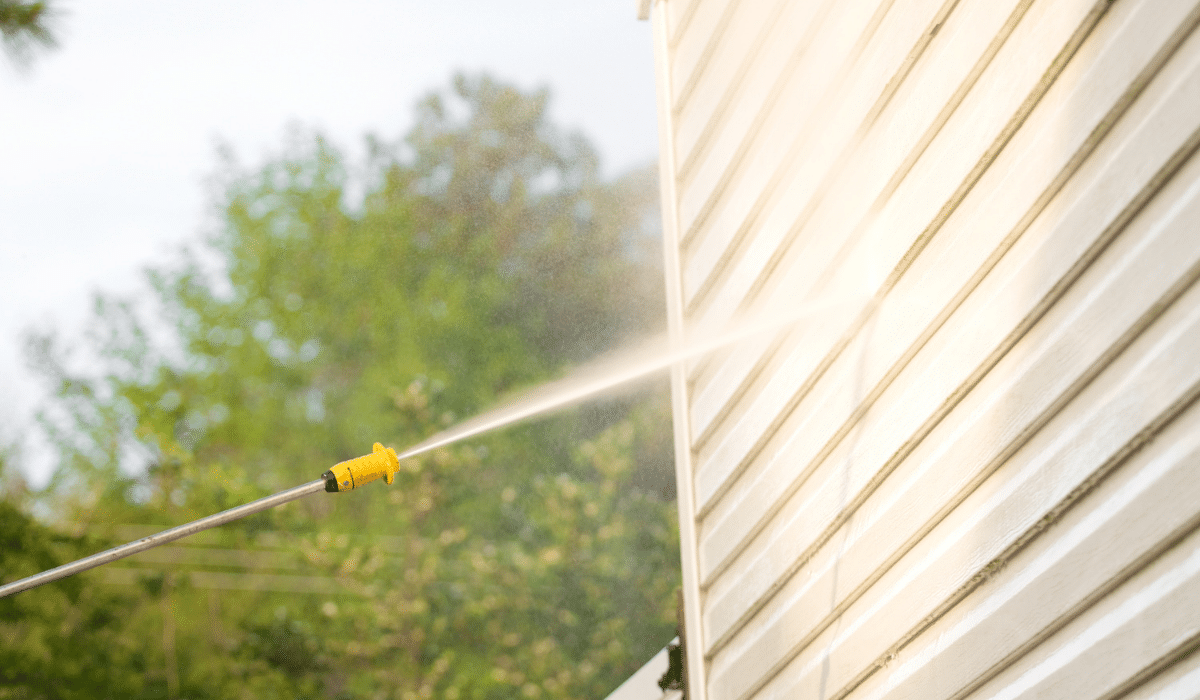
While bleach is the primary agent in the cleaning solutionA solution is a homogeneous mixture of two or more substance... More, it should also contain a surfactant. A cleaning surfactant contains chemicals that allow it to dislodge debris, such as dirt, plants, and fungiFungi are a group of organisms, including mold, mildew, and ... More, on the roof. Water is then better able to wash away the unwanted gunk.
Add the solutionA solution is a homogeneous mixture of two or more substance... More to an agricultural sprayer. Start spraying the exterior surfaces intended to be cleaned; aim to spray 10-foot sections at a time, working from the bottom up. After the algae and other accumulations have been cleaned off the roof, allow the solutionA solution is a homogeneous mixture of two or more substance... More to sit.
The soft washing method consists of a higher concentration of cleaners for the rooftop. Leaving the cleaner on the surface of the roof gives it the opportunity to penetrate deeply into the roof material and kill the moldMold is a type of fungus that grows in damp or humid conditi... More, algae, and other organic materialsOrganic materials are derived from living organisms, such as... More down to the root.
When cleaning siding via the soft wash technique, a rinse is needed. A sufficient rinse can be achieved with the soft washer system’s black 65-degree nozzle or a garden hose. Repeat the process over the entire surface of the siding. The contents of the cleaning solutionA solution is a homogeneous mixture of two or more substance... More should make rinsing easy.
When should a home be soft washed?
Soft washing is generally recommended once a year. However, the frequency depends on the geographic area in which the home is located. A home along a dirt road may require cleanings every two to three months. A home near trees with lots of buildup will need to be cleaned often.
Houses that are subject to frequent bouts of heat and humidityHumidity is the amount of moisture or water vapor present in... More are vulnerable to moldMold is a type of fungus that grows in damp or humid conditi... More, mildewMildew is a type of fungus that grows on damp surfaces, typi... More, and algae. Such organisms thrive in hot, damp conditions, necessitating more frequent soft washes. Major storms can unleash sporesSpores are microscopic reproductive units of fungi or mold t... More; so, it’s advisable to soft wash after the event.
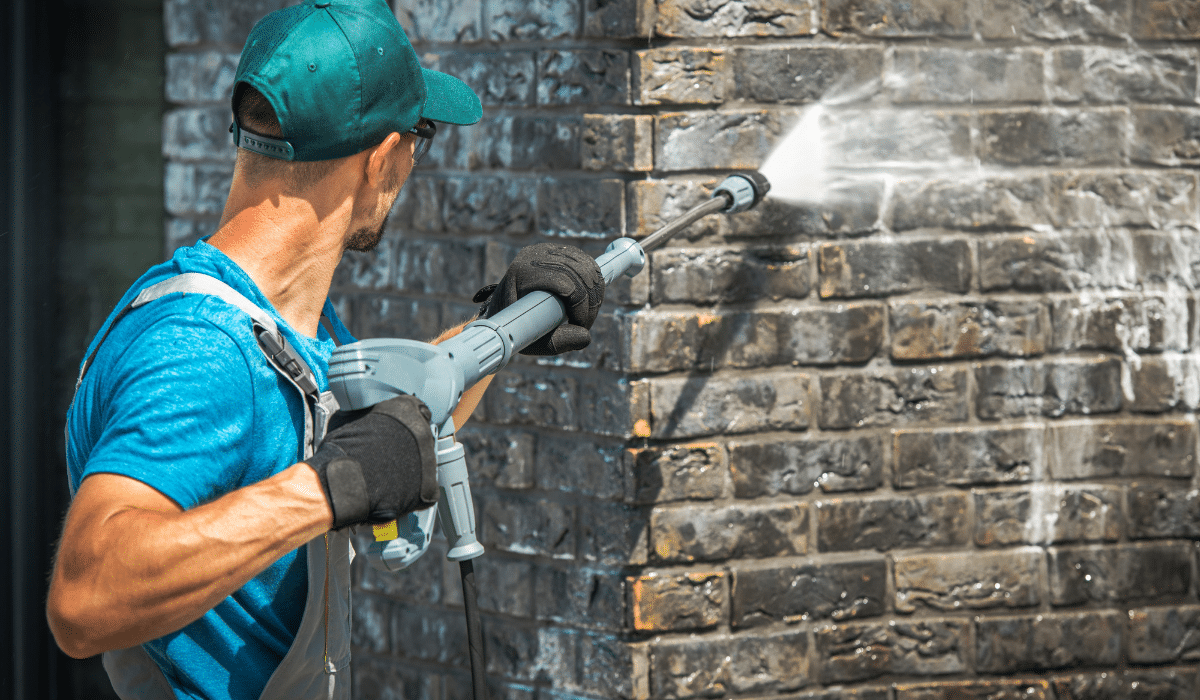
Soft washing a residential home requires wearing personal protective equipment, ensuring the ladder is in good condition and handling chemical cleaners safely. Homeowners who hesitate to handle the task via a DIY route are advised to consult a professional soft wash roof cleaning company.
Allowing a rooftop to accumulate layers of algae, moldMold is a type of fungus that grows in damp or humid conditi... More, moss, mildewMildew is a type of fungus that grows on damp surfaces, typi... More and bacteria is destructive. Soft washing will eliminate the debris and prevent damage to the rooftop shingles. When you need professional soft wash roof cleaning, consult the experts that provide these services.
Crews of trained specialists use safe and effective soft wash cleaning methods and eco-friendly biodegradable cleaning products to eliminate all contaminants and sanitize the rooftop surfaces. The original appearance of your rooftop will be restored upon the completion of the soft wash.
Professional technicians are capable of effectively soft washing rooftops as well as other outside parts of the home. Areas of expertise include soft washing decks, patios, driveways and building exteriors. Residential homeowners choose us for our high-quality, comprehensive services.










